Dhurries trace their roots back to ancient India, where they were woven by skilled artisans using techniques passed down through the ages. Originally crafted from cotton, wool, or a blend of both, these versatile rugs served not only as floor coverings but also as seating mats, prayer rugs, and even bedding in some regions.
Crafting a dhurrie is a labour of love, requiring patience, precision, and a deep understanding of the weaving process.
Cultural Significance of Dhurries in Indian Society
Symbol of Hospitality
Dhurries have long been associated with hospitality and warmth in Indian culture. They are often used to welcome guests into homes, laid out as a gesture of respect and comfort during social gatherings, weddings, and festivals. The act of offering a dhurrie to sit on reflects the host’s hospitality and generosity.

Religious and Ceremonial Use
Dhurries hold religious significance in Hindu culture, where they are used as prayer mats during religious ceremonies and rituals. They provide a clean and sacred space for worship and meditation, symbolising purity and devotion. Additionally, dhurries may be used as seating mats during traditional ceremonies such as weddings and auspicious occasions.

Expression of Regional Identity
Each region of India boasts its own unique style of dhurrie weaving, reflecting the diverse cultural heritage of the country. The motifs, colours, and patterns found in dhurries often carry symbolic meanings tied to local traditions, folklore, and mythology. As such, dhurries serve as tangible expressions of regional identity and pride.
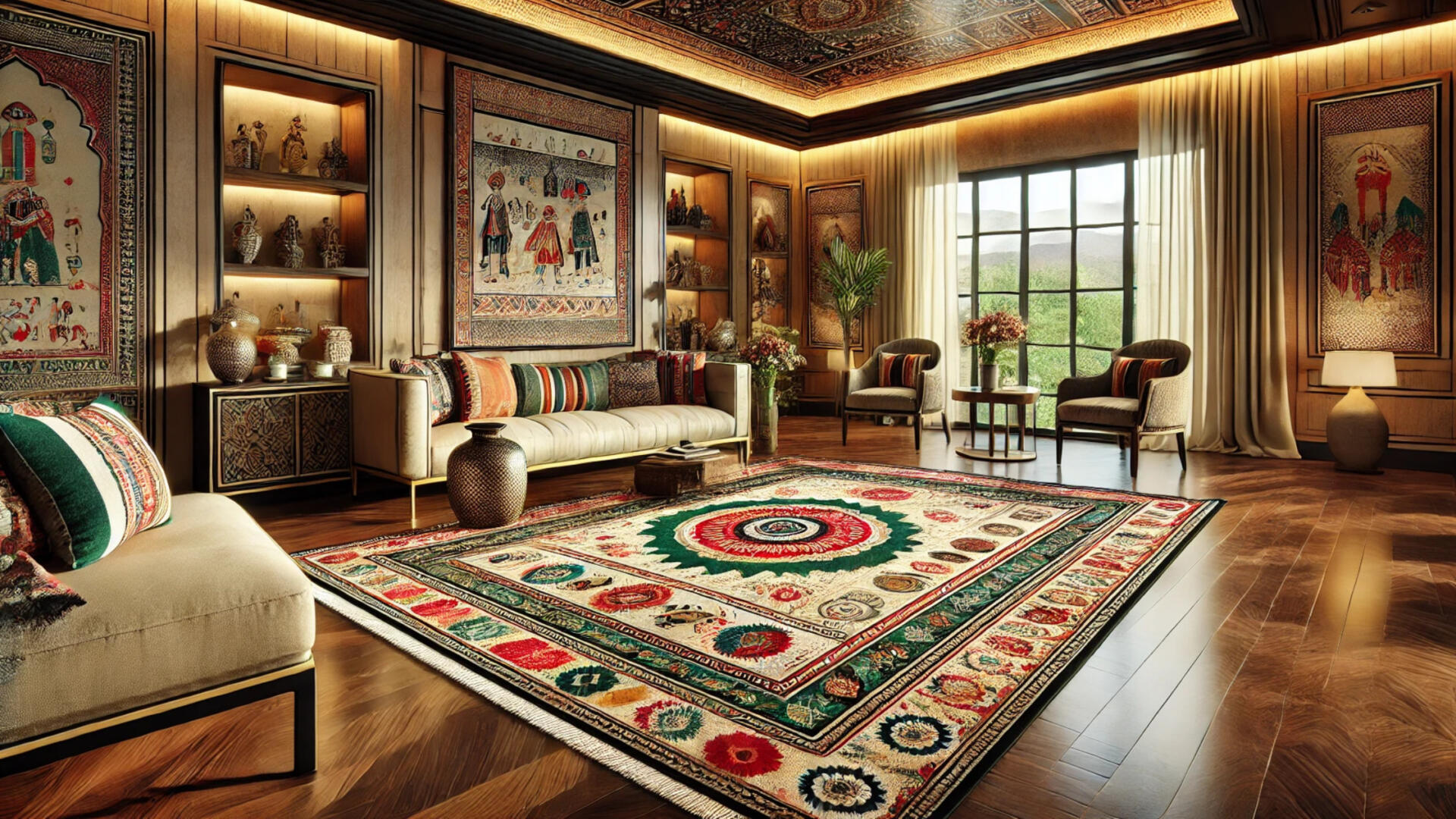
Economic Empowerment of Artisans
Dhurrie weaving has been a source of livelihood for generations of artisan communities across India. By preserving and promoting traditional weaving techniques, dhurrie production contributes to the economic empowerment of these artisans, particularly in rural areas where alternative employment opportunities may be limited.

Sustainable Living Practices
The use of natural materials and dyes in dhurrie weaving aligns with principles of sustainability and environmental conservation. Unlike synthetic carpets, dhurries are biodegradable and have a lower carbon footprint, making them a preferred choice for eco-conscious consumers seeking environmentally friendly home décor options.

In this way, the art of dhurrie-making profoundly impacts all aspects of Indian culture and tradition and is an important player to carry that tradition forward.
Carpet Material in Dhurrie Making
Cotton
Cotton is one of the most common materials used in dhurrie making due to its versatile nature and numerous benefits. Its characteristics include softness, breathability, and durability, making it an ideal choice for weaving into rugs that are comfortable to walk on and easy to maintain. Cotton dhurries are lightweight and suitable for both indoor and outdoor use, offering a cool surface in warmer climates.

Wool
Wool is prized for its natural insulation properties, making woollen dhurries a popular choice for colder climates or areas where extra warmth is desired. Wool fibres are resilient and elastic, lending themselves well to intricate weaving techniques and detailed designs. Variations in woollen dhurries can be found in different regions, with each area having its own unique weaving traditions and preferences. For example, Kashmiri woollen dhurries are renowned for their fine craftsmanship and intricate Persian-inspired designs, while tribal communities in Gujarat may favour bold geometric patterns in their woollen creations.
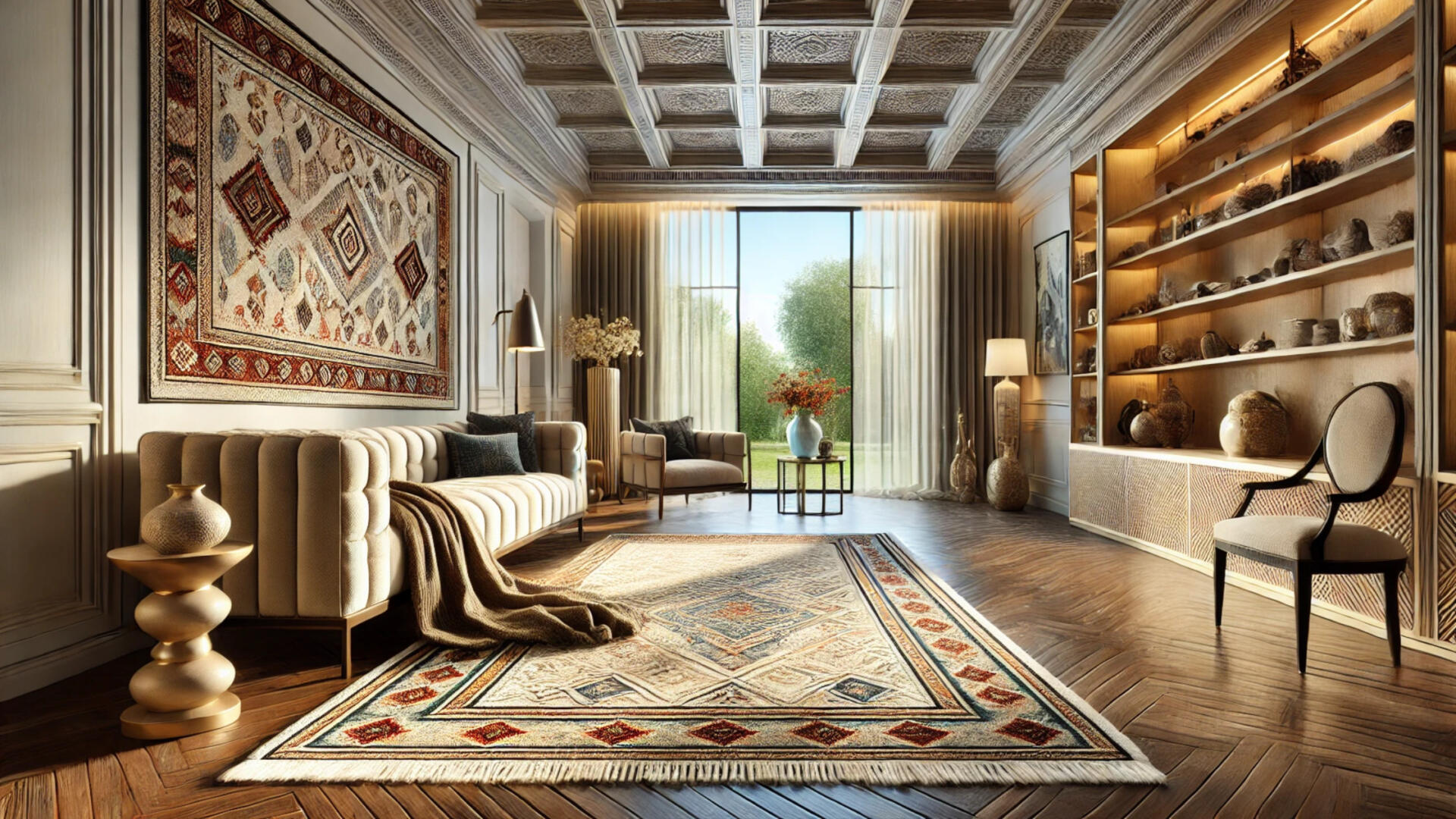
Jute
Jute dhurries are valued not only for their rustic charm but also for their sustainability aspects. Jute is a natural fibre derived from the jute plant, which is biodegradable and renewable, making it an eco-friendly choice for environmentally conscious consumers. Jute dhurries add a touch of earthiness to any space, with their natural colour variations and textured appearance. Modern jute dhurrie trends often incorporate innovative techniques such as blending jute with other fibres or dyeing jute fibres to create vibrant hues.

Recycled Fabrics
In recent years, there has been a growing trend towards using recycled fabrics in dhurrie making as part of eco-friendly initiatives. This approach not only reduces waste but also allows artisans to experiment with creative designs and colour combinations. Recycled fabric dhurries may feature patchwork patterns, where scraps of cloth are pieced together to form unique geometric designs or intricate mosaics. However, working with recycled fabrics presents its own set of challenges, such as ensuring consistency in texture and colour, as well as managing the durability of the final product.

The Art of Handmade Carpets: Weaving Dhurries
Overview of the Weaving Process
Dhurrie weaving is a labour-intensive process that requires skill, precision, and patience. It typically involves the following steps:
Preparation of the Loom
The loom is set up with the warp threads stretched vertically, creating the foundation for the dhurrie.
Warping
Warp threads are measured, aligned, and wound onto the loom to create the desired width and length of the dhurrie.
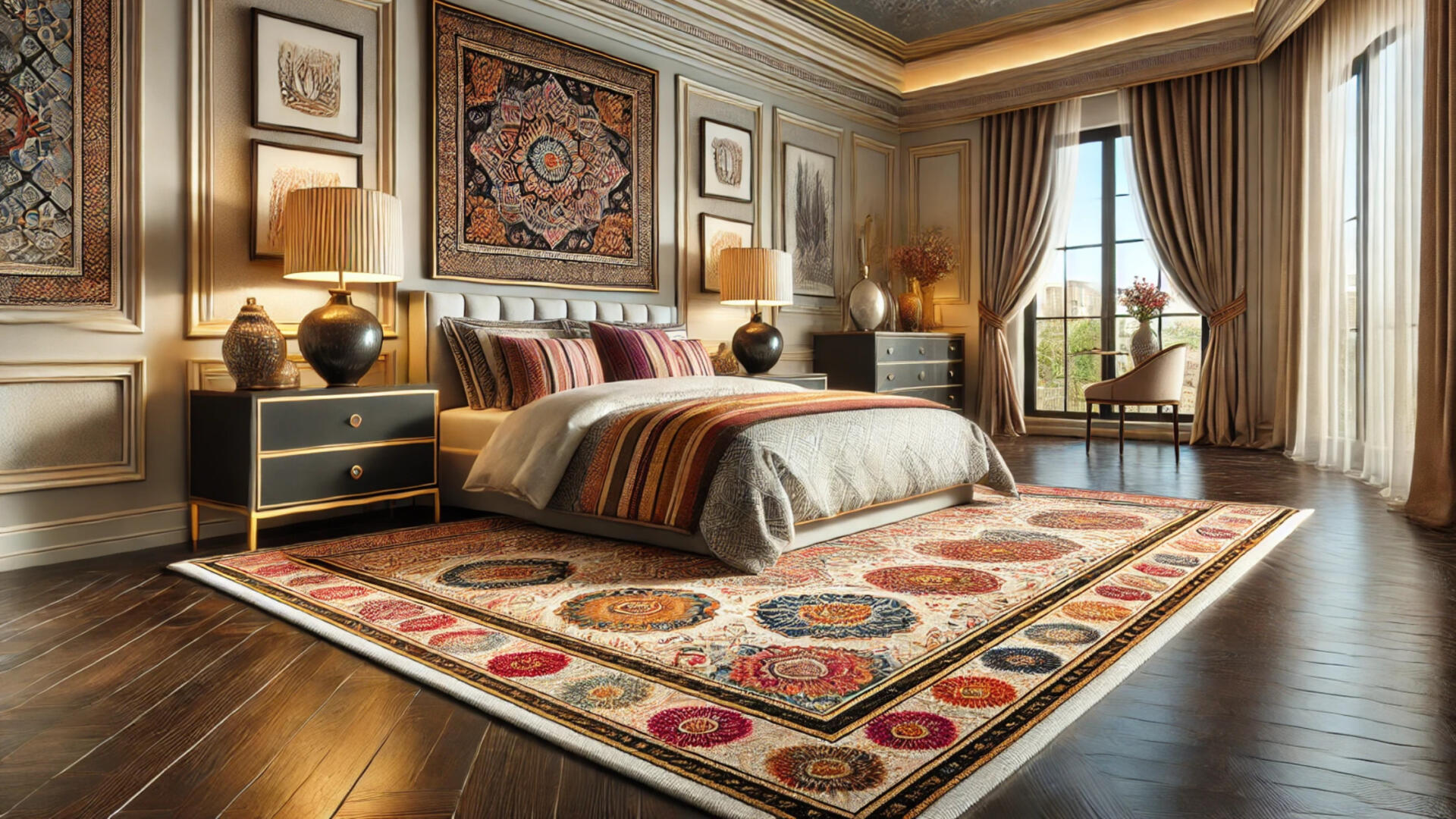
Weaving
Weft threads are interlaced with the warp threads horizontally, creating the fabric of the dhurrie. Different weaving techniques, such as plain weave or twill weave, may be used to achieve specific patterns or textures.
Designing
Artisans may incorporate intricate designs, motifs, or colour patterns into the weaving process, either through traditional methods or by using modern tools such as pattern charts or computer-assisted design software.
Finishing
Once the weaving is complete, the dhurrie is removed from the loom and undergoes finishing processes such as washing, trimming excess threads, and sometimes, applying a protective coating or backing.
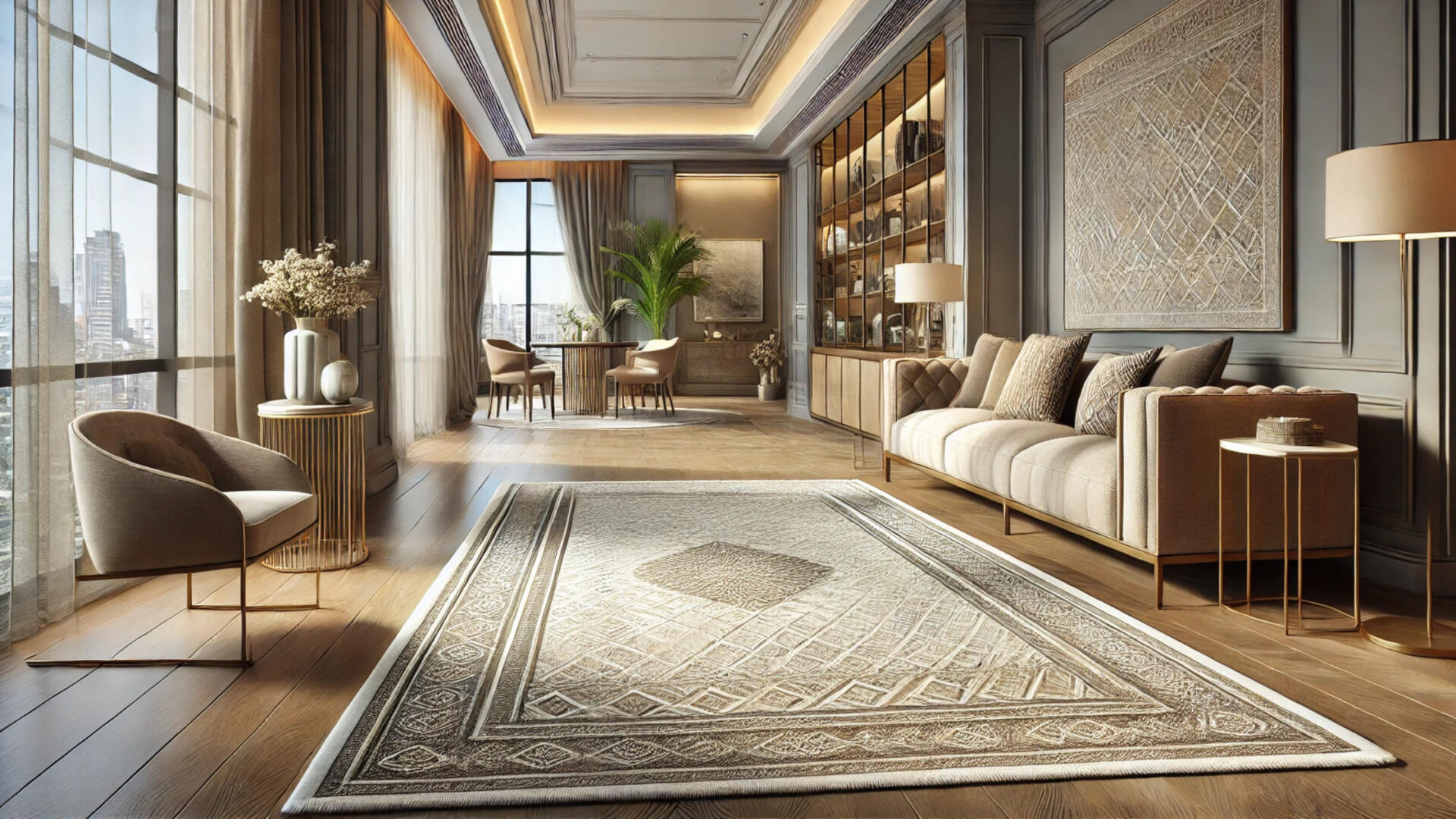
Handmade Dhurries vs. Mechanised Production
Handmade Dhurries
Handmade dhurries are crafted using traditional weaving techniques passed down through generations. Artisans meticulously weave each dhurrie by hand, imbuing them with unique character and craftsmanship. While the process is time-consuming and labour-intensive, handmade dhurries are prized for their quality, authenticity, and cultural significance.
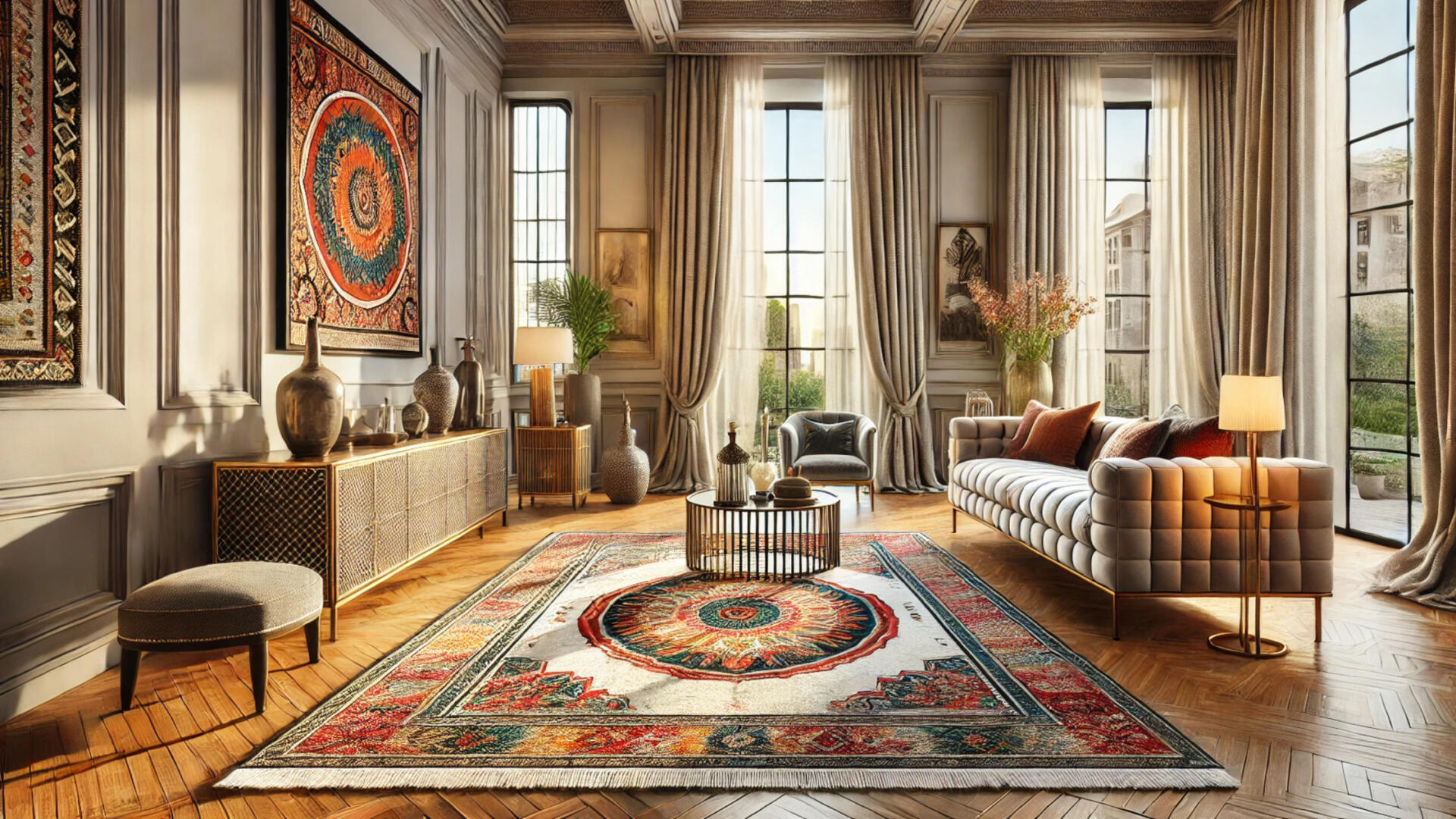
Mechanised Production
Mechanised production involves the use of power looms or automated machinery to weave dhurries on a larger scale. While mechanisation increases efficiency and reduces production time, it may compromise the individuality and artisanal touch found in handmade dhurries. However, mechanised production can also make dhurries more accessible to a wider audience and support the livelihoods of artisans in larger-scale operations.
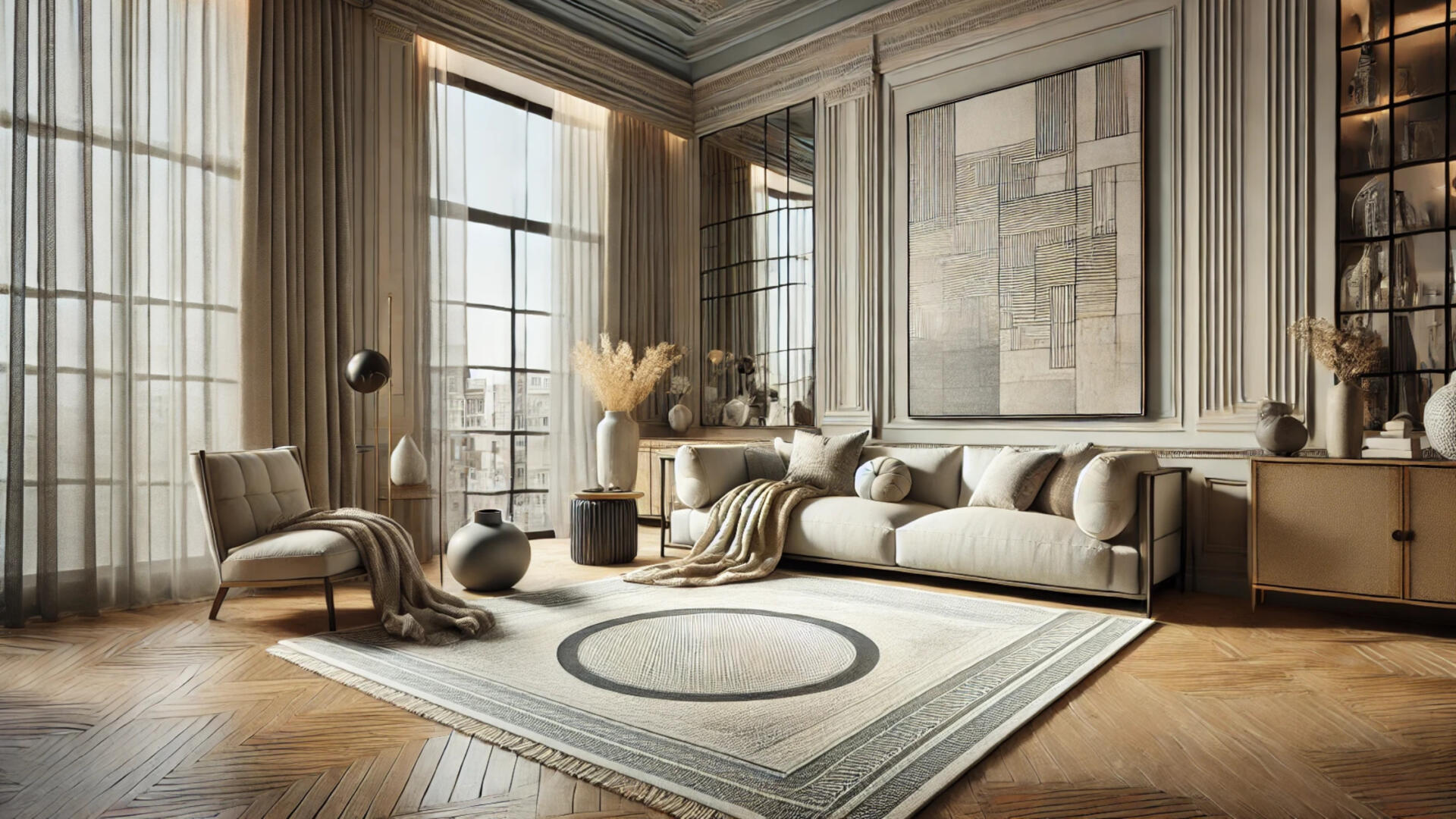
Carpet Design and Patterns: Dhurrie Edition
Floral Designs
Flowers are a recurring motif in dhurrie patterns, symbolising beauty, fertility, and abundance. Traditional floral motifs may include roses, lotuses, or jasmine blossoms, intricately woven into the fabric.

Geometric Patterns
Geometric patterns such as stripes, diamonds, and squares are prevalent in dhurrie designs, representing harmony, order, and balance. These patterns may vary in complexity and arrangement, creating visually striking compositions.
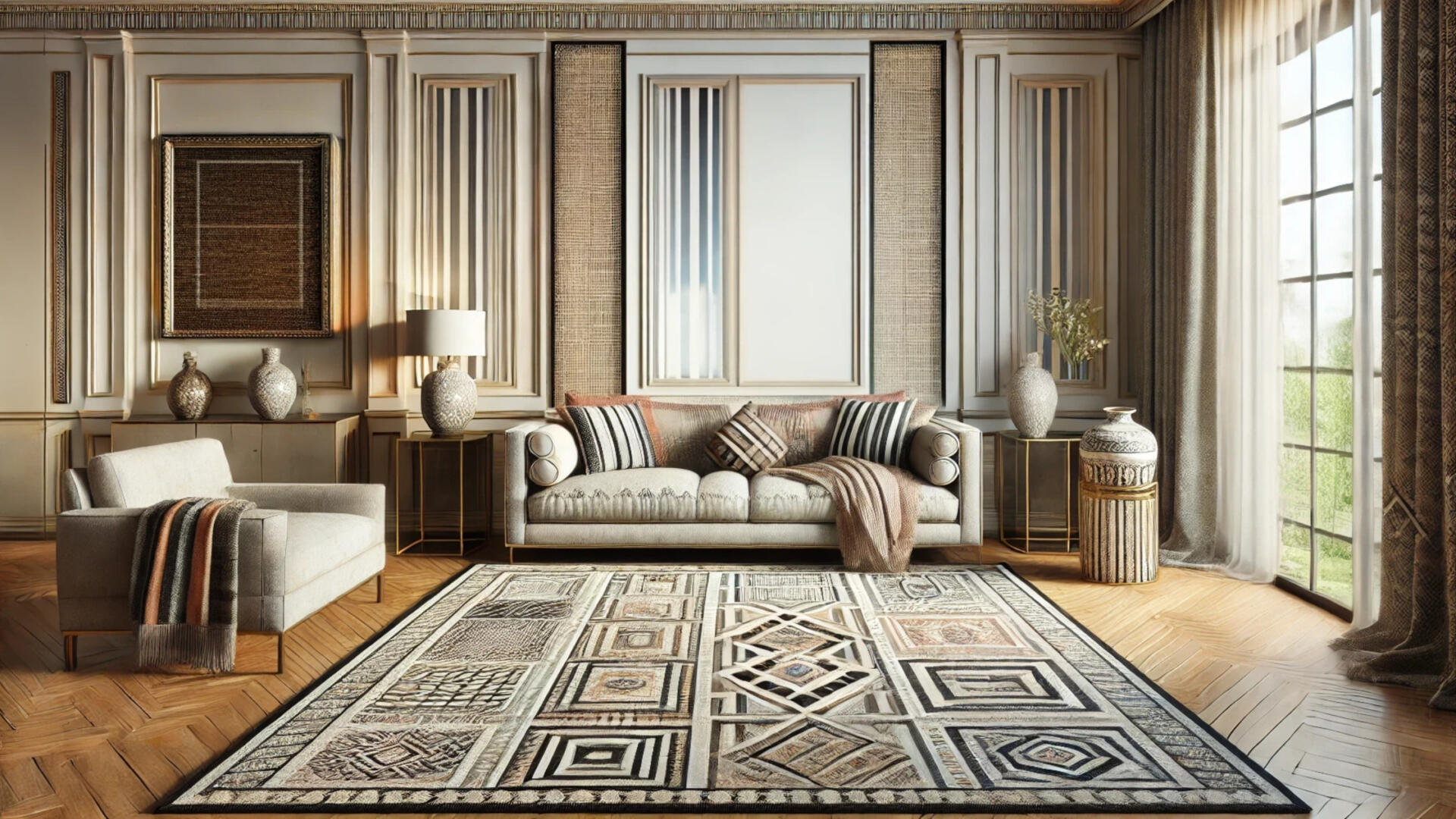
Animal Motifs
Animals hold special significance in Indian culture, and their imagery often finds its way into dhurrie designs. Elephants, peacocks, and birds are commonly depicted, symbolising strength, grace, and freedom.

Cultural Symbols
Dhurries may feature cultural symbols and motifs that hold specific meanings within a particular community or region. These symbols may reflect folklore, mythology, or religious beliefs, serving as a link to the cultural identity of the weavers and their heritage.

Influence of Regional Cultures and Traditions on Carpet Designs
Rajasthani Dhurries
Dhurries from Rajasthan are known for their vibrant colours, bold geometric patterns, and intricate mirror work. These designs are influenced by the desert landscape and the rich cultural heritage of the region.
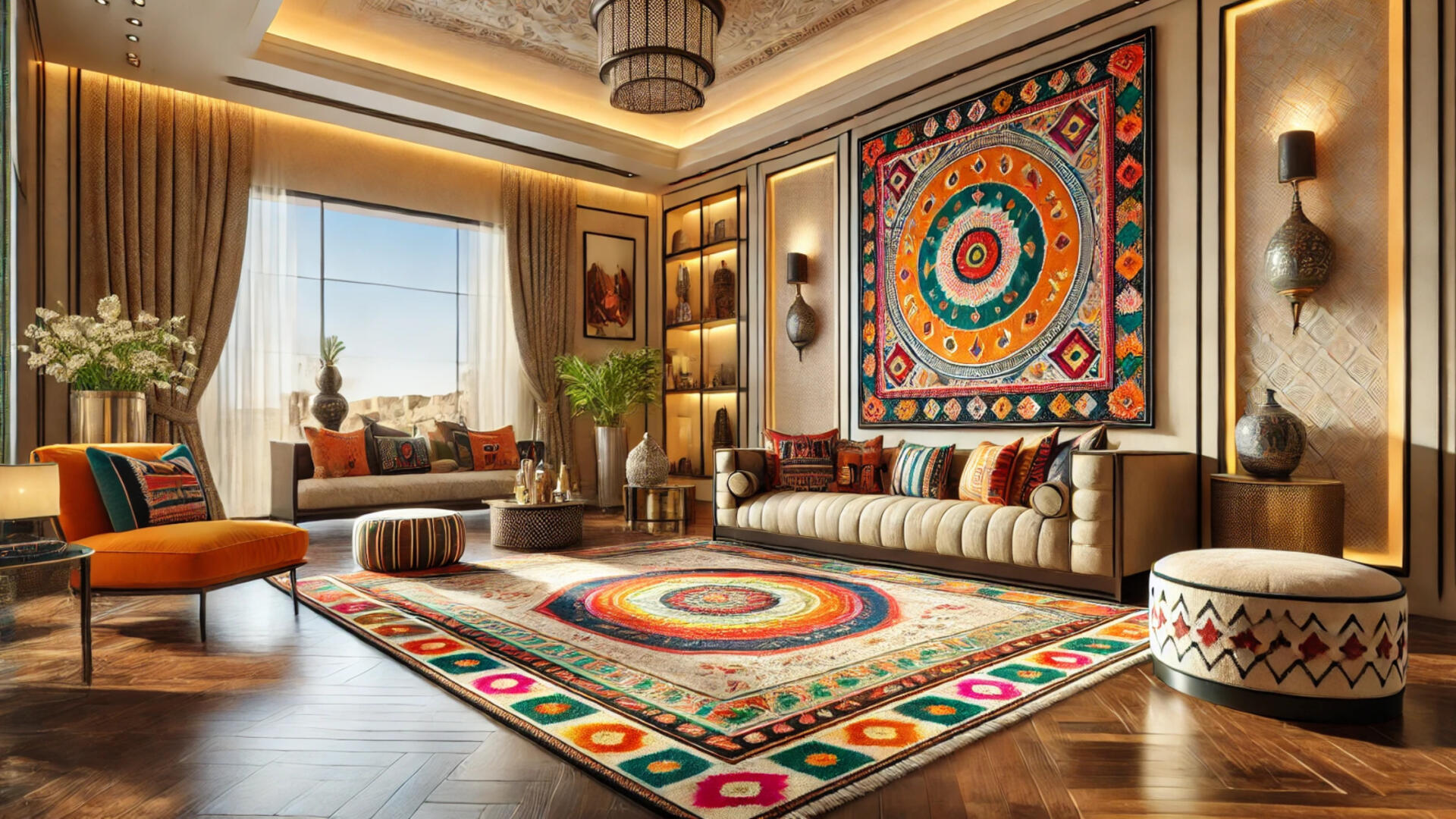
Bengali Dhurries
Dhurries from West Bengal often feature delicate embroidery and intricate jacquard weaving, reflecting the artistic traditions of the Bengali people. Common motifs include fish, birds, and nature-inspired patterns.
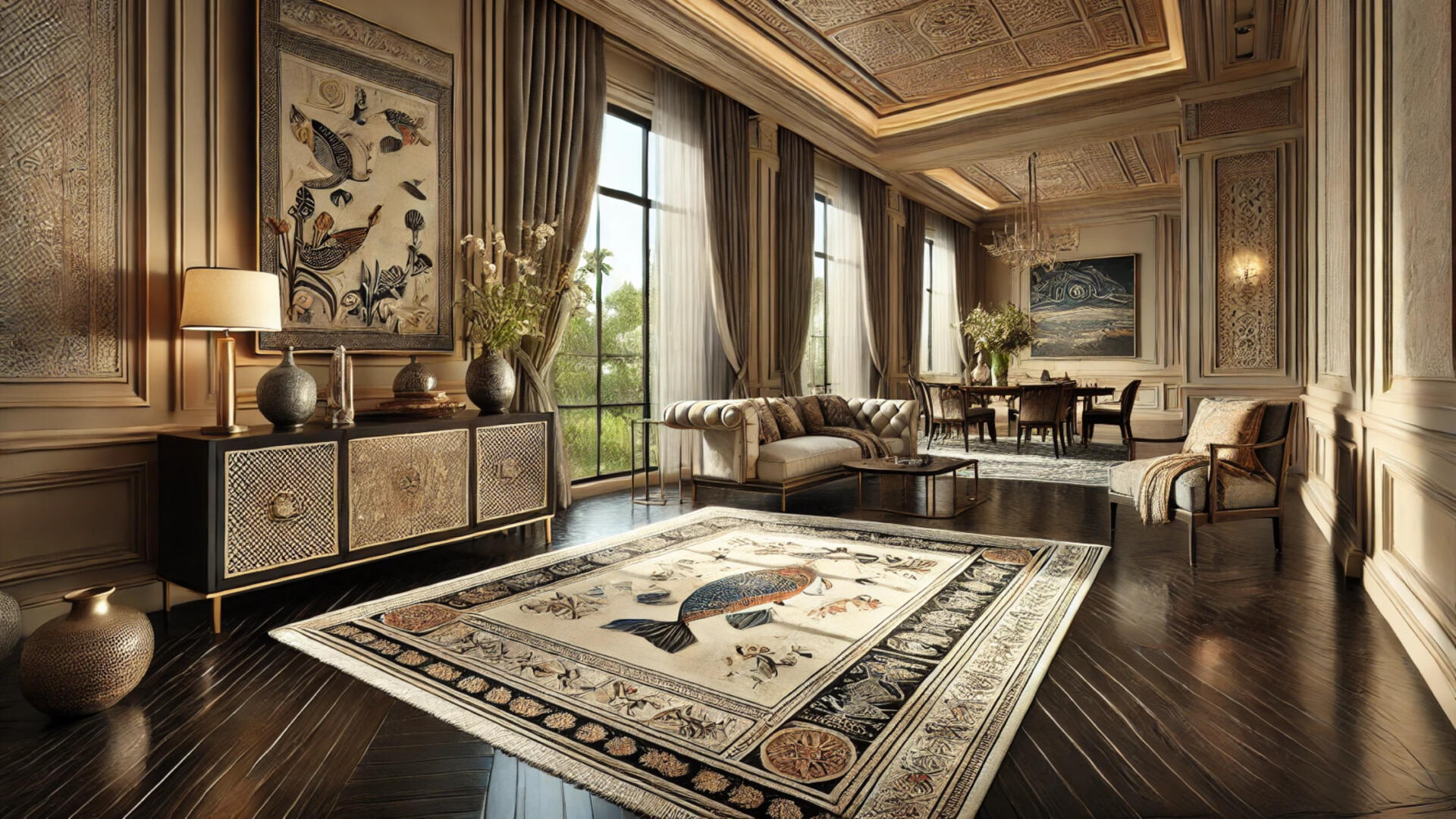
Kashmiri Dhurries
Dhurries from Kashmir are renowned for their fine craftsmanship and exquisite Persian-inspired designs. These dhurries typically feature intricate floral patterns, paisleys, and intricate knot-work, reflecting the cultural influences of the region.
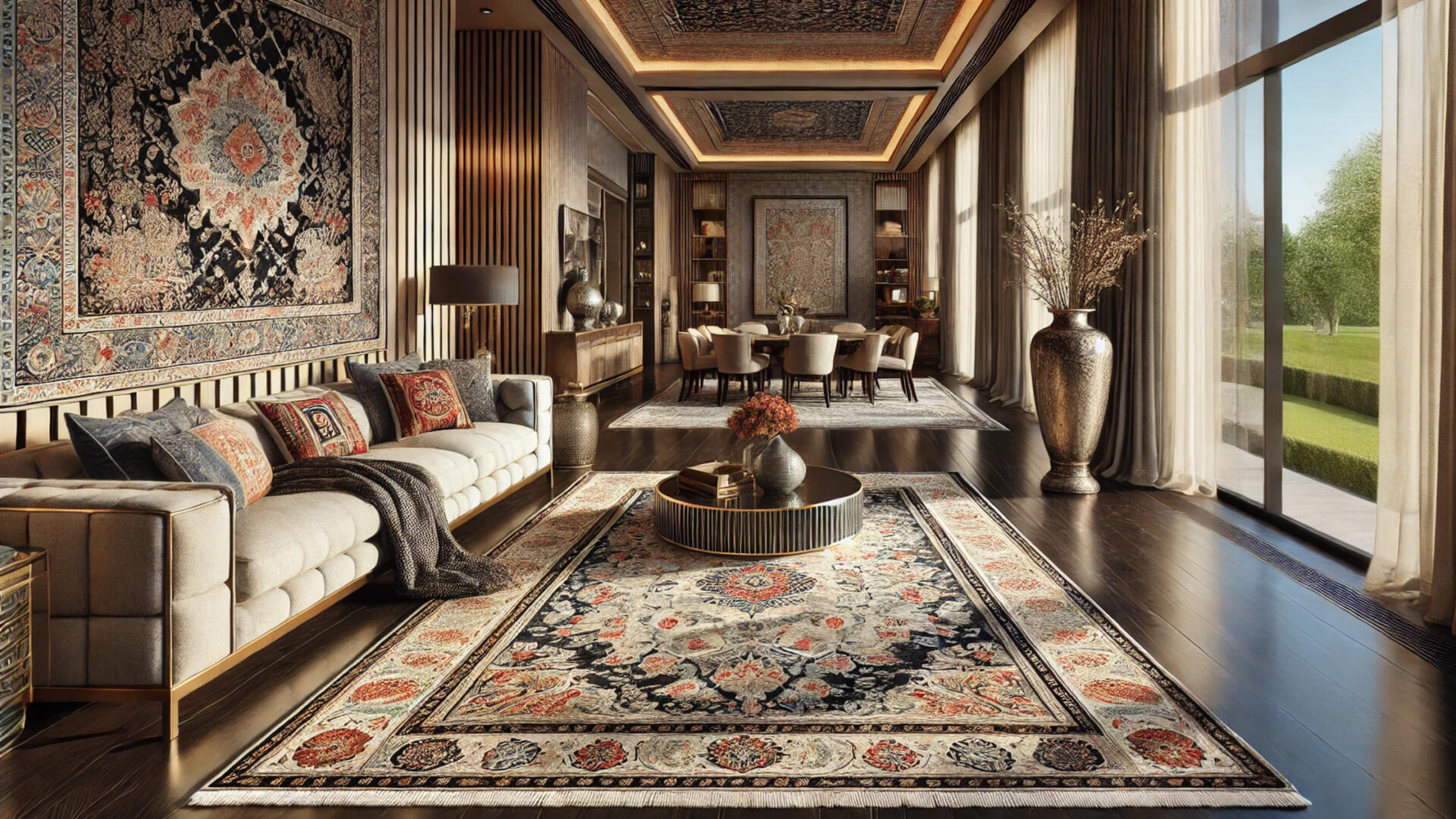
Challenges Faced by Dhurrie Weavers
Competition from Mass Production
Dhurrie weavers face stiff competition from mass-produced, machine-made rugs that flood the market. These cheaper alternatives often lack the quality and craftsmanship of handmade dhurries, making it challenging for artisans to compete.
Economic Pressures
Economic pressures, including fluctuating material costs, limited access to markets, and low wages, pose significant challenges to dhurrie weavers’ livelihoods. Many artisans struggle to make ends meet and support their families through dhurrie weaving alone.
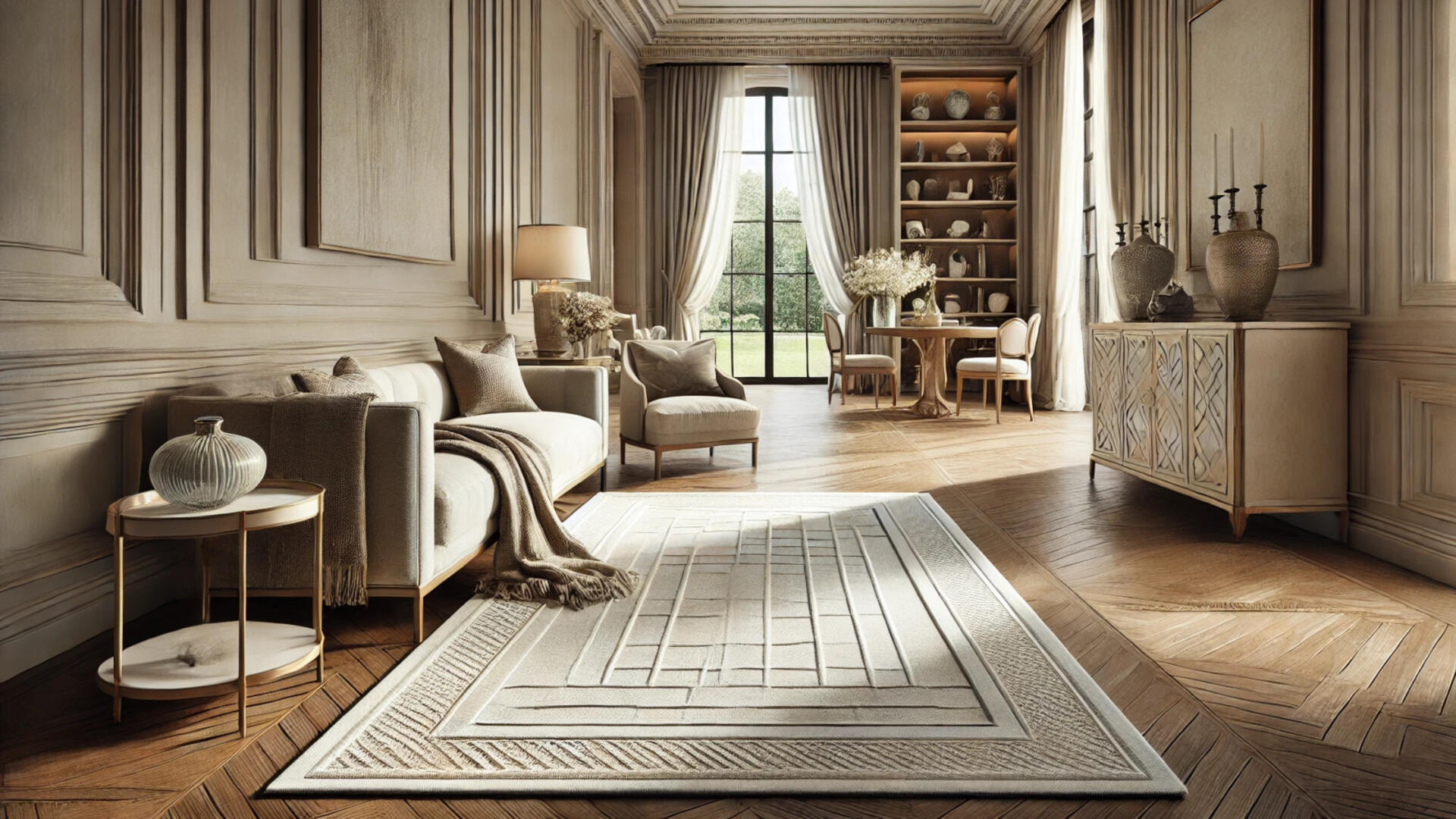
Loss of Traditional Knowledge
As younger generations pursue alternative livelihoods and educational opportunities, there is a risk of losing traditional weaving knowledge and skills. Efforts to preserve and promote traditional dhurrie weaving techniques are essential to ensuring the continuity of this cultural heritage.
Environmental Concerns
Dhurrie weaving often involves the use of natural materials and dyes, but environmental degradation and climate change threaten the sustainability of these resources. Finding eco-friendly alternatives and implementing sustainable practices is crucial for the long-term viability of dhurrie weaving.
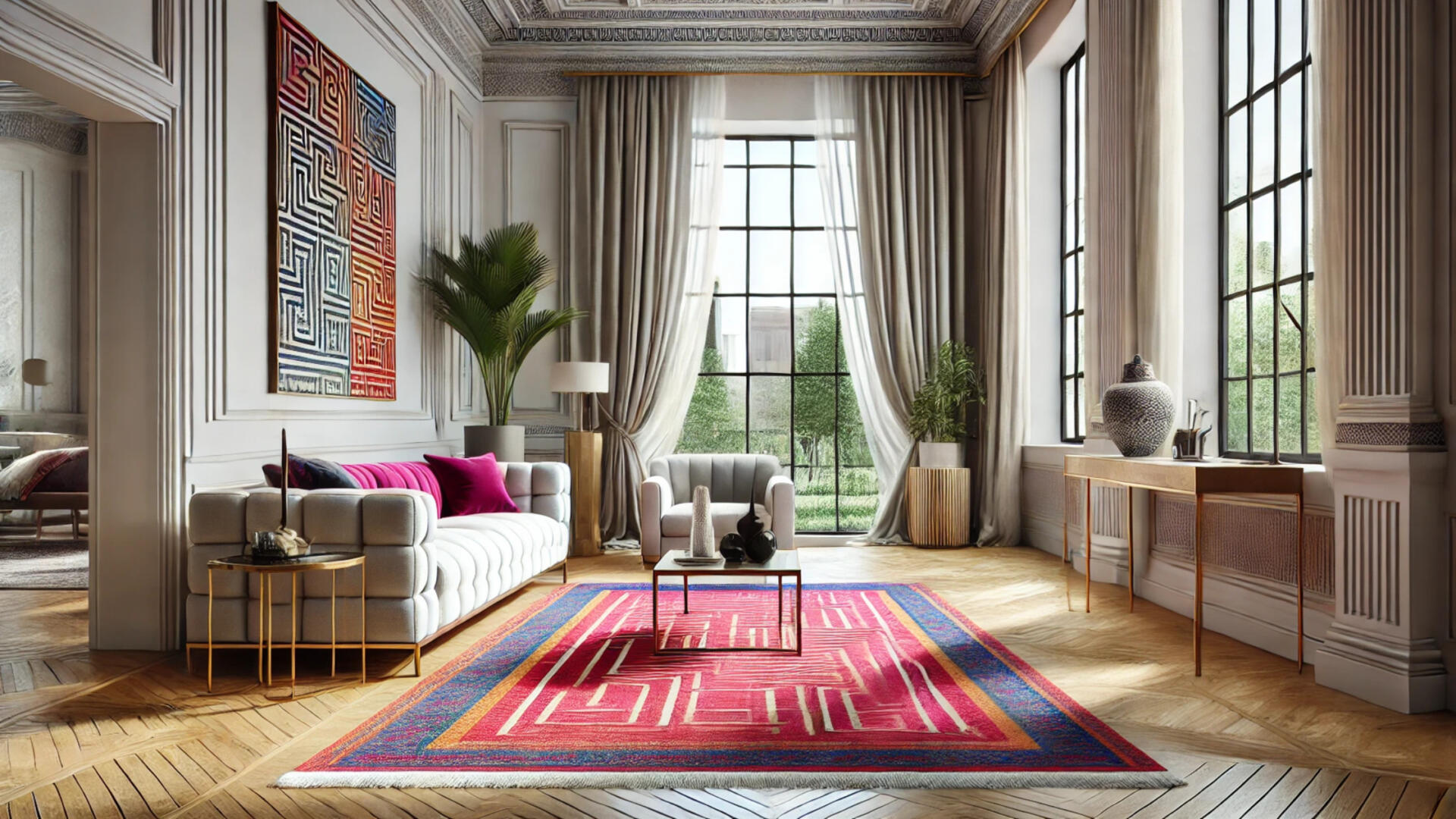
Despite these hardships, dhurrie weavers and artisans continue to carry this valuable tradition forward. Now, modern artist communities are also recognising the importance of preserving this craft. Contemporary dhurrie design is characterised by experimentation, innovation, and a willingness to push boundaries, resulting in a vibrant and dynamic landscape of artistic expression.
Visit our website to know more about all kinds of handmade carpets and carpet design.
Frequently Asked Questions (FAQs)
What are dhurries?
- Dhurries are traditional flat-woven rugs originating from India. They are handcrafted using a variety of materials such as cotton, wool, jute, or recycled fabrics, and are known for their versatility, durability, and intricate designs.
How are dhurries made?
- Dhurries are made through a meticulous weaving process that involves setting up a loom, interlacing warp and weft threads, and incorporating traditional motifs or patterns into the design.
- Skilled artisans may weave dhurries by hand using age-old techniques or utilise mechanised looms for larger-scale production.
What are the traditional motifs found in dhurries?
- Traditional motifs in dhurries often include floral designs, geometric patterns, animal motifs, and cultural symbols. These motifs hold symbolic significance and are influenced by regional cultures, traditions, and beliefs.
What materials are used to make dhurries?
- Dhurries can be made from various materials such as cotton, wool, jute, or recycled fabrics.
- Each material offers unique characteristics, such as softness, durability, sustainability, or rustic charm, allowing for a wide range of options to suit different preferences and needs.
How can dhurries be used in home décor?
- Dhurries serve multiple purposes in home décor, including as floor coverings, decorative accents, wall hangings, table runners, or upholstery.
- They add warmth, texture, and visual interest to living spaces, while also reflecting the cultural heritage and craftsmanship of the artisans who create them.




